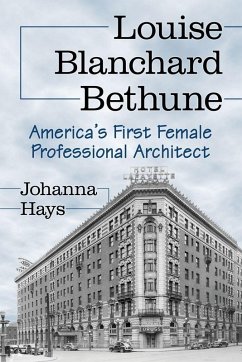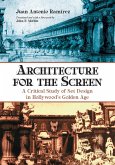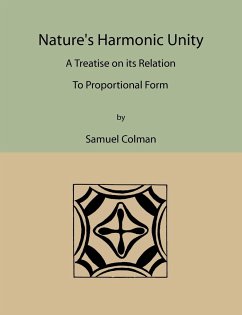Louise Blanchard Bethune, the subject of this biography, was America's first female professional architect. She belonged to the influential group of pioneer architects--Daniel Burnham, John Root and Louis Sullivan--who supported her in becoming a fellow of the American Institute of Architects. In the booming industrial city of Buffalo, she preceded Frank Lloyd Wright and Alfred Kahn in factory design and was the key designer of the modern urban public school building, developing standards still used today. During her career (1881-1905) Bethune was consistently one of the most successful architects practicing in Buffalo and the driving force behind New York State's professional organizations for architects. Beyond setting standards for public schools, she was the go-to architect for factories, warehouses, police stations, a Nikola Tesla power transfer station, and the largest luxury hotel of the early 1900s. Bethune moved from a small town on the Erie Canal--the economic and technological marvel of the antebellum period--to a rapidly industrializing major American city, following the urban migration of many Americans. Unlike many women of her day she seized the promise of the growing nation to pursue life, liberty, and happiness in an occupation of her choice and succeeded.
Hinweis: Dieser Artikel kann nur an eine deutsche Lieferadresse ausgeliefert werden.
Hinweis: Dieser Artikel kann nur an eine deutsche Lieferadresse ausgeliefert werden.









